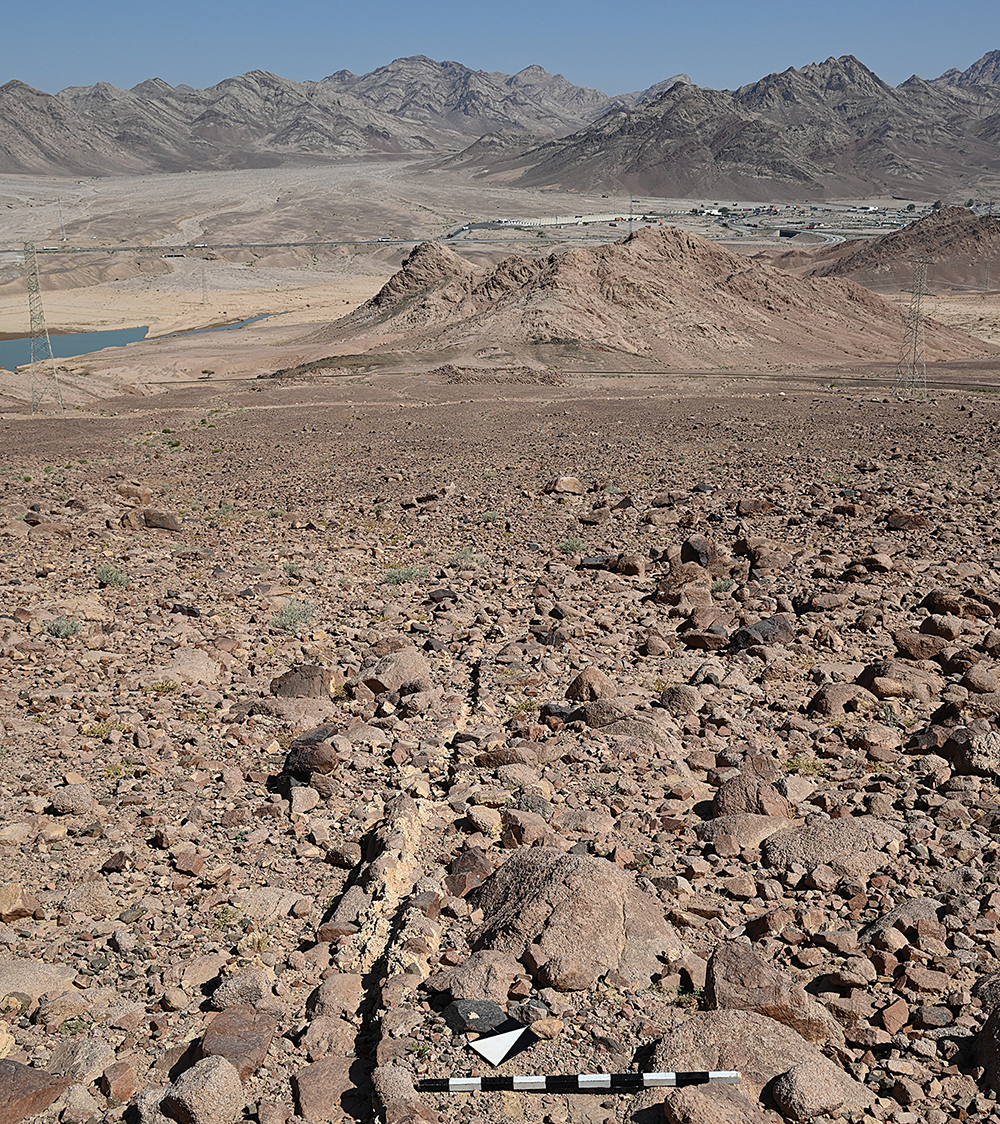April 2025 (129.2)
Article
Asserting Control Through Water in the Roman Period: The Evidence from Southern Jordan and the Case of Khirbet al-Khalde
This article examines water management and control by the Roman army in arid environments, with a focus on southern Jordan. It presents the results of an aqueduct survey at Khirbet al-Khalde (Wadi al-Yutm, Aqaba Governorate), situated 26 km to the northeast of modern Aqaba. The aqueduct, which is the best surviving example of its kind in the Wadi al-Yutm, connected the site’s small fort (castellum) to a spring located approximately 1 km to the southeast. The aqueduct is notable because of its steep incline, and its construction is further evidence for the complex water management systems that are found in this region. The article argues that the aqueduct at Khirbet al-Khalde facilitated the control asserted by the army over water points along the Via Nova Traiana and, by extension, over trade and movement along this frontier zone.
